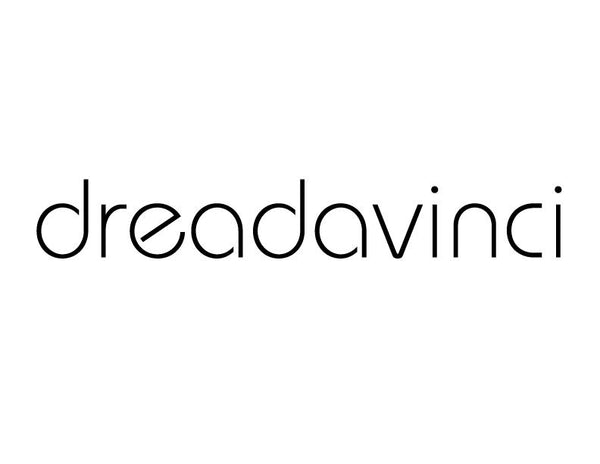The Italian Renaissance was a golden era of intellectual awakening, where art, science, and politics collided in unprecedented ways. Among the luminaries of this age were two iconic figures: Leonardo da Vinci, the quintessential Renaissance man, and Niccolò Machiavelli, the often-misunderstood political thinker. While their legacies are etched into history for vastly different reasons, their paths intertwined in ways that reveal a deeper, more nuanced narrative about power, perception, and the human condition.
A Meeting of Minds
Leonardo da Vinci and Niccolò Machiavelli crossed paths in Florence at the dawn of the 16th century. Both men served under the patronage of the Florentine Republic, which sought to harness their formidable talents. Leonardo, known for his unparalleled artistic genius and groundbreaking scientific inquiries, found a kindred spirit in Machiavelli, a keen observer of power dynamics and political strategy. Together, they worked on engineering projects, including an ambitious attempt to divert the Arno River to give Florence a strategic advantage over Pisa.
Their collaboration was more than just pragmatic; it was emblematic of a broader Renaissance ideal that celebrated the fusion of art, science, and politics. Machiavelli admired Leonardo's intellect, and Leonardo likely found in Machiavelli a brilliant mind with a profound understanding of human nature.
The Esoteric Depths of Machiavellian Thought
Machiavelli's philosophy is far more profound and esoteric than the surface-level interpretations of The Prince would suggest. For centuries, he has been painted as the architect of ruthless pragmatism, but this view overlooks the subversive genius woven into his work. Machiavelli was not merely documenting how power works; he was revealing the hidden mechanics of control, manipulation, and survival in a world where morality is often a casualty of politics.
The Prince is a masterpiece of paradox, a book that speaks to the powerful while whispering to the powerless. In it, Machiavelli describes the art of ruling with such stark realism that it appears to endorse tyranny. However, many modern scholars now recognize that Machiavelli was holding up a mirror to the ruling class, exposing their methods and leaving it to the reader to discern the deeper message. In this way, he was a trickster figure, using truth as a weapon against the very systems he seemed to uphold.
Leonardo's Portrait of Machiavelli?
There is speculation that Leonardo da Vinci may have painted a portrait of Machiavelli. Leonardo was known for embedding symbolism and deeper meaning into his art, and a portrait of Machiavelli could serve as more than a mere likeness; it could be a visual representation of Machiavelli's complex philosophy.
In this supposed portrait, the subject's gaze is intense, contemplative—a window into the soul of a man who understood the illusions of power. Leonardo often used light and shadow to convey duality, and such symbolism would align perfectly with Machiavelli's exploration of the interplay between appearance and reality. If the painting does indeed depict Machiavelli, it is not just a portrait; it is a philosophical statement.

Symbolism and Subversion
Machiavelli's writing reflects Hermetic principles found throughout Renaissance thought—"as above, so below." He understood that the microcosm of personal power mirrored the macrocosm of statecraft. By documenting how rulers manipulate appearances to maintain power, he was subtly educating the populace on how to see through the illusion.
In this light, Machiavelli becomes not a cynic but a sage. He reveals that power is not inherently evil; it is neutral. The morality lies in how it is used. His lessons are not just for rulers but for individuals navigating the complexities of human relationships and societal structures.
Leonardo and the Philosophy of Power
Leonardo da Vinci, with his profound understanding of nature and the cosmos, may have found Machiavelli's insights equally profound. Leonardo sought to uncover the hidden laws of the universe—from the flow of water to the anatomy of the human body. Machiavelli sought to uncover the hidden laws of human behavior and governance. Both were seekers of truth in a world shrouded in illusion.
It is no coincidence that Machiavelli's thought resonates so deeply in the modern age. As people awaken to the reality of how governments and corporations operate, they are finally seeing what Machiavelli was truly doing. He was not teaching rulers how to oppress; he was teaching the masses how to see.
The Renaissance of Consciousness
The friendship between Leonardo and Machiavelli represents more than a meeting of two minds; it is a symbol of the union between science and philosophy, art and politics, the material and the spiritual. Machiavelli's work is undergoing a renaissance of its own as modern thinkers begin to understand the layers of subtext and the esoteric wisdom embedded in his writing.
The time has come to reconsider Machiavelli's legacy. He was not a villainous tactician; he was a philosopher of power, perception, and truth. His friendship with Leonardo da Vinci offers a richer, more complex portrait of a man deeply engaged with the intellectual currents of his time.
By understanding the true intentions behind The Prince and appreciating the breadth of Machiavelli's work, we honor not just the man but the Renaissance spirit of inquiry and awakening. In the end, Leonardo and Machiavelli were not just friends; they were visionaries who sought to understand the world in its entirety—the light and the shadow. Their work invites us to look beyond the surface and uncover the profound truths hidden in plain sight, a lesson as vital today as it was five centuries ago.
Fast forward 500 years: https://dreadavinci.com/blogs/the-real-davinci-code/niccoli-machiavelli-drea-davinci

